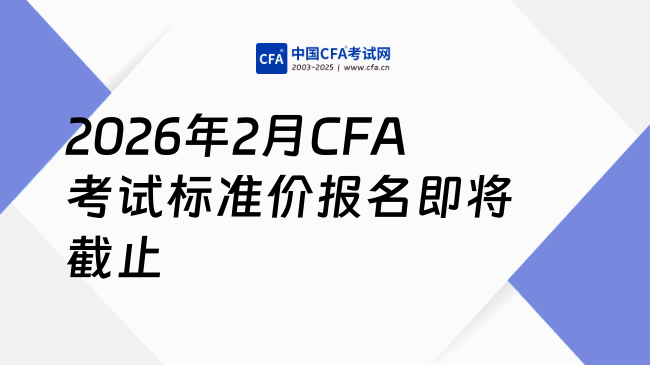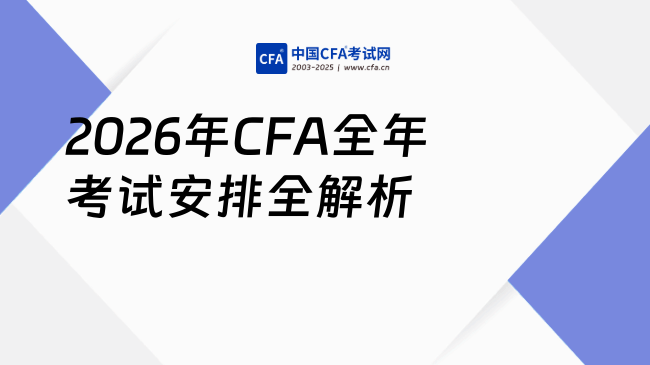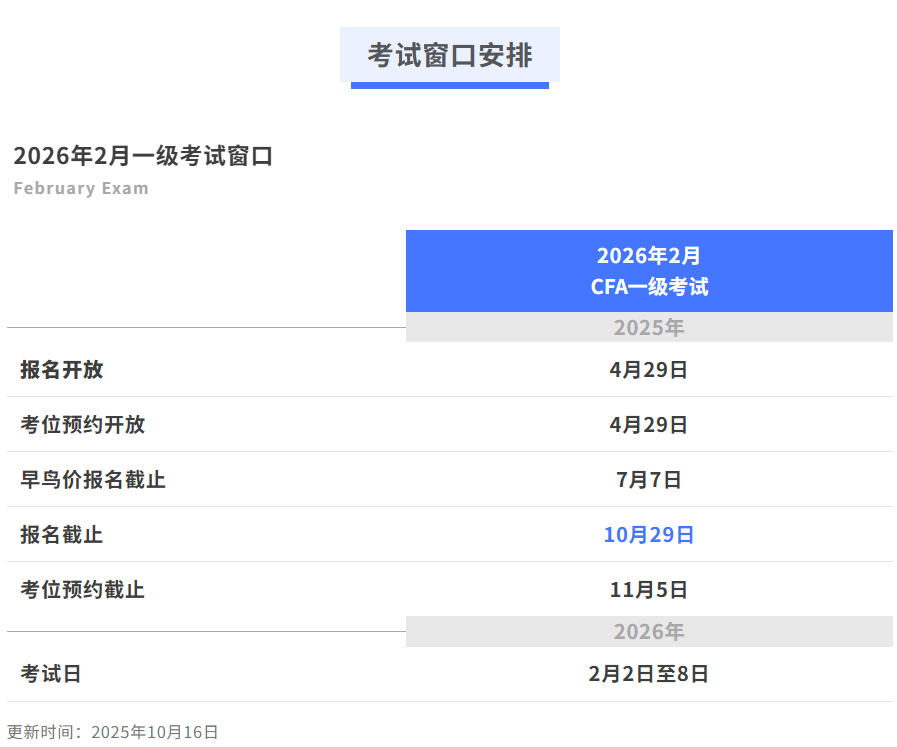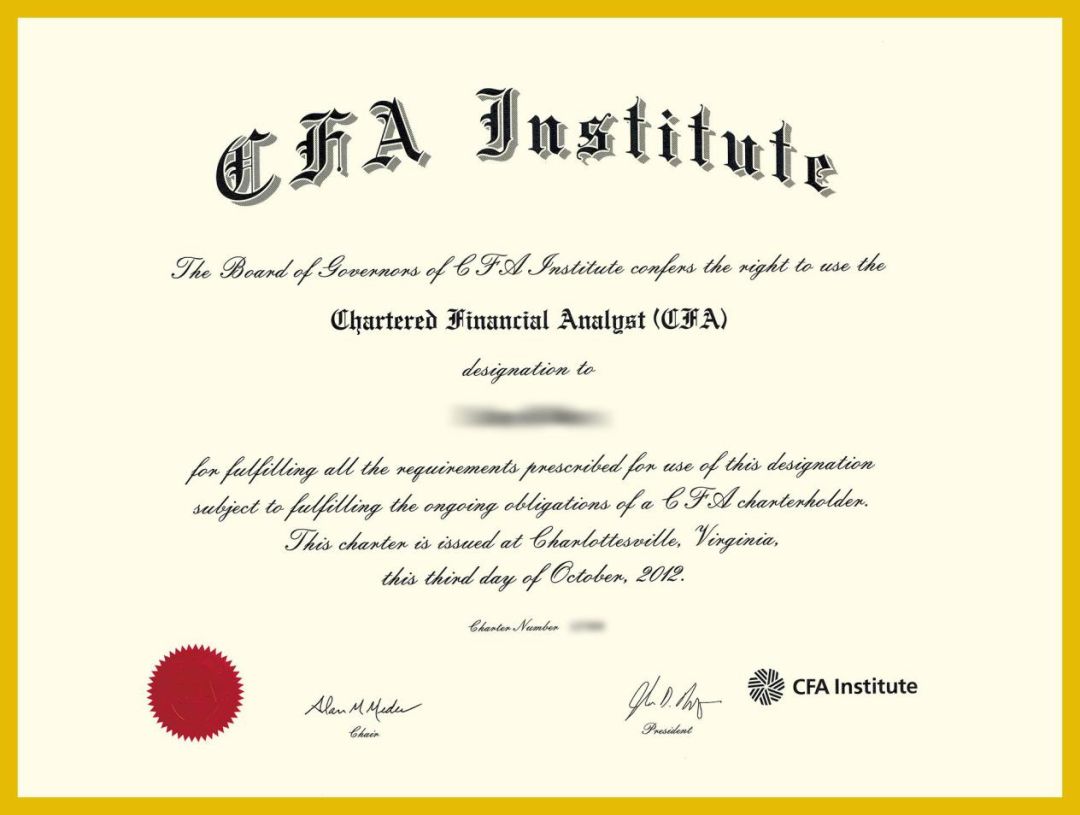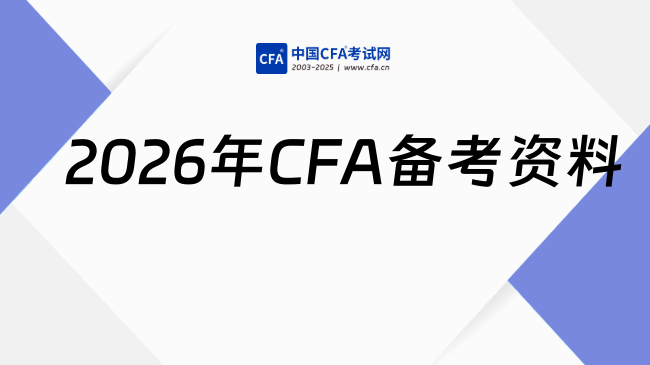Selected and developed based on input received from industry practitioners, here are a few of the new or revised readings that are part of this year's curriculum, along with a brief summary of why they were included.
"Risk Management: An Introduction,” Don M. Chance, PhD, CFA, and Michael E. Edleson, PhD, CFA.
-
In response to the global financial crisis there is a need for greater emphasis on identifying financial and non-financial sources of risk, establishing risk governance framework, and modifying risk exposures and factors.
“Introduction to Asset-Backed Securities,” Frank J. Fabozzi, PhD, CPA, CFA.
-
The inappropriate use of securitized financial instruments by major financial institutions contributed to the catastrophic negative macroeconomic effects during the global financial crisis in 2008. As a result, CFA candidates must have a better understanding of securitization, including the parties involved in the process and the roles they play, and typical structures of securitizations, including credit tranching and time tranching.
“Fundamentals of Credit Analysis,” Christopher L. Gootkind, CFA.
-
Bonds continue to represent one of the largest asset classes for both individual and institutional investors. They are the primary vehicles used to manage liabilities such as retirement expenses and pension payments. The last decade witnessed unprecedented corporate bond defaults that exposed the weaknesses in existing credit models, especially credit rating-based models. This reading addresses this weakness by discussing credit risk and credit-related risks affecting corporate bonds, risks in relying on ratings from credit rating agencies, the evaluation of credit quality of a corporate bond issuer and a bond of that issuer, and special considerations when evaluating the credit of high yield, sovereign, and non-sovereign government debt issuers and issues.
“Economics and Investment Markets,” Andrew Clare, PhD, and Thomas F. Cosimano, PhD.
-
In response to the global recession, governments throughout the globe significantly expanded monetary and fiscal interventionist policies. As a result, the relationship between macroeconomics and investment markets has been structurally changed. This reading prepares the CFA candidate to explain how business cycles affect macroeconomic interest rate policy, the relative performance of bonds of differing maturities, credit spreads and the performance of credit-sensitive fixed-income instruments, and short-term and long-term earnings growth expectations. In addition, the reading examines how business economic cycles affect valuation multiples and investing style strategies (value, growth, small capitalization, large capitalization).
“Analysis of Active Portfolio Management,” Roger G. Clarke, PhD, Harindra de Silva, PhD, CFA, and Steven Thorley, PhD, CFA.
-
One of the most heated debates in the investment management industry involves passive versus active management. Each requires a different set of skills and abilities to implement successfully. This reading provides CFA candidates with the skills needed to compare various active management strategies (including market timing and security selection) and evaluate strategy changes in terms of the fundamental law of active management and to assess its practical strengths and limitations.
“An Introduction to Multifactor Models,” Jerald E. Pinto, PhD, CFA, and Eugene L. Podkaminer, CFA.
-
Historically, the asset allocation process was based on traditional asset classes, i.e., fixed income, equity, and alternative investments. Recently, however, some investment management professionals have argued that these asset classes do not completely reflect the underlying investment risks and have migrated to factor-based asset allocation. This reading prepares the CFA candidate to compare macroeconomic factor models, fundamental factor models, and statistical factor models and to interpret the output of analyses based on multifactor models. In addition, they are prepared to describe the potential benefits for investors in considering multiple risk dimensions when modeling asset returns.
(From cfainstitute.org)



 学习资料
学习资料
 发布时间:2021-10-21
发布时间:2021-10-21


 复制本文链接
复制本文链接 模拟题库
模拟题库

 1540
1540